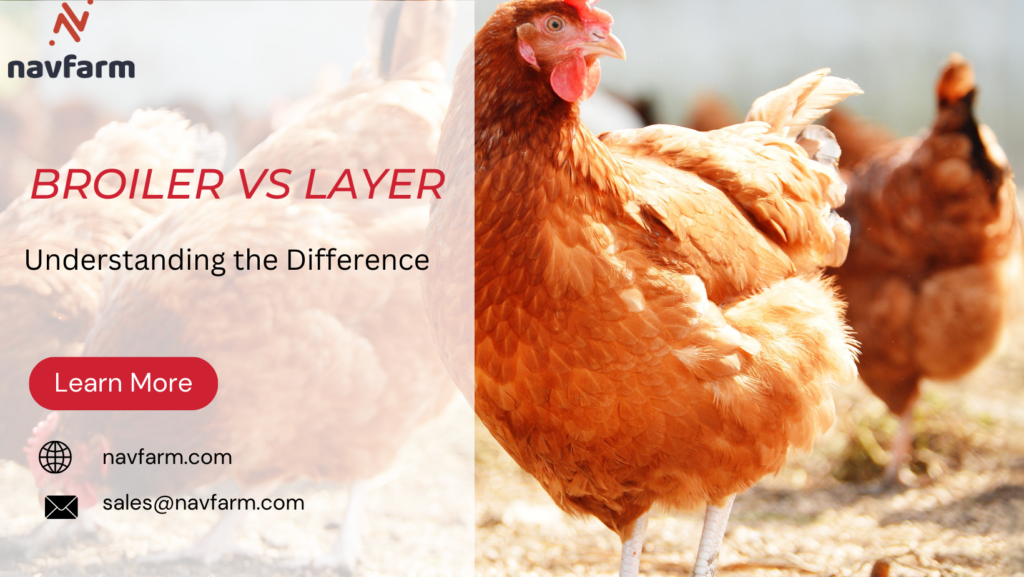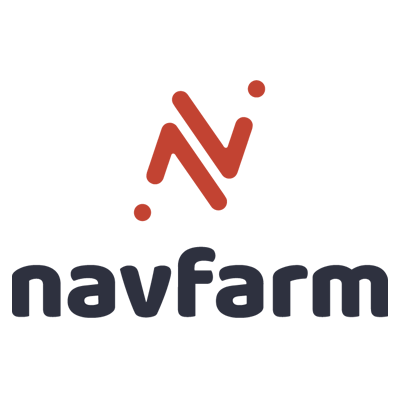
The world of poultry farming is diverse and multifaceted, catering to various aspects of our dietary needs and preferences. Two common categories of poultry farming are broilers and layers, each serving a distinct purpose in the poultry industry. In this blog, we’ll explore the key differences between broilers and layers, shedding light on their unique characteristics, management requirements, and their roles in the food supply chain.
Purpose:
Broilers: Broilers are chickens specifically bred and raised for meat production. They are typically harvested at a young age, usually around 6 to 7 weeks, when they have reached their ideal weight. Broilers are known for their fast growth and high meat yield, making them the primary source of chicken meat for consumption.
Layers: Layers, on the other hand, are raised primarily for egg production. They are chosen for their ability to lay a high number of eggs consistently over an extended period, typically spanning from 18 months to several years. The focus with layers is on producing eggs rather than meat.
Breed Selection:
Broilers: Broiler chickens are usually crossbred for maximum meat production. They are selected for traits such as rapid growth, large breast size, and efficient feed conversion.
Layers: Layers are selected for their egg-laying capacity. Breeds like White Leghorns and Rhode Island Reds are popular choices for egg production due to their prolific laying abilities.
Growth and Development:
Broilers: Broilers grow at an accelerated rate and gain weight rapidly. This rapid growth is achieved through a combination of genetics and high-quality nutrition. They are typically ready for slaughter in a matter of weeks.
Layers: Layers reach maturity more slowly than broilers and start laying eggs at around 4-6 months of age. They are bred to produce a consistent supply of eggs over an extended period, which means they have a longer productive life compared to broilers.
Diet and Nutrition:
Broilers: Broilers require a high-energy, high-protein diet to support their rapid growth. Their feed is carefully formulated to promote muscle development and weight gain.
Layers: Layers need a well-balanced diet that supports egg production. Their feed contains specific nutrients like calcium to support strong eggshells and proteins to facilitate egg formation.
Housing and Management:
Broilers: Broiler housing is designed for maximum space efficiency during their relatively short lifespan. They are typically raised in large commercial poultry houses with controlled environments.
Layers: Layer housing is designed to provide a comfortable and conducive environment for egg-laying. These facilities often include nesting boxes, perches, and climate control to ensure the well-being of the hens and the quality of the eggs.
Economic Considerations:
Broilers: Broiler farming has a shorter production cycle, which can lead to more frequent income generation. The quick turnover also means that broiler farmers have to invest less in long-term housing and care.
Layers: Layer farming requires a more extended investment, both in terms of housing and ongoing care, as the birds are productive over a more extended period. However, it can provide a steady source of income through egg production.
Conclusion:
In conclusion, the choice between broilers and layers in poultry farming depends on your goals, resources, and market demand. Both have their unique requirements and serve different purposes in the poultry industry. Whether you aim to provide a consistent supply of eggs or high-quality chicken meat, understanding the differences between broilers and layers is crucial for a successful poultry farming venture. It’s essential to carefully consider your objectives and resources before deciding which path to pursue in the world of poultry farming.
Also Read : ERP Software for Dairy Industry
